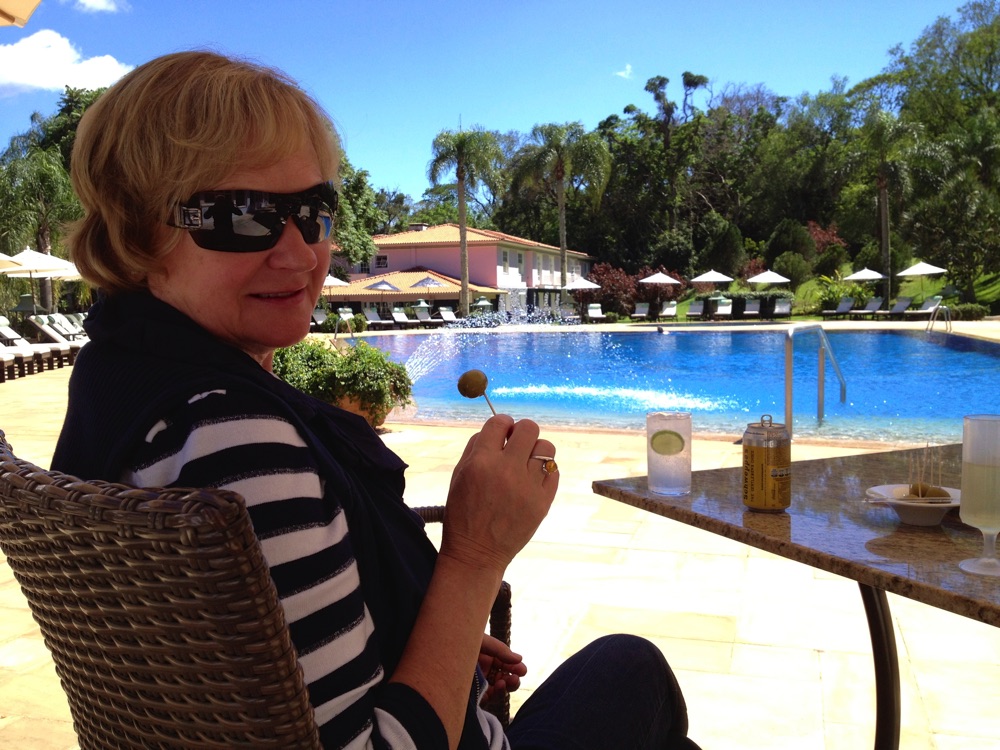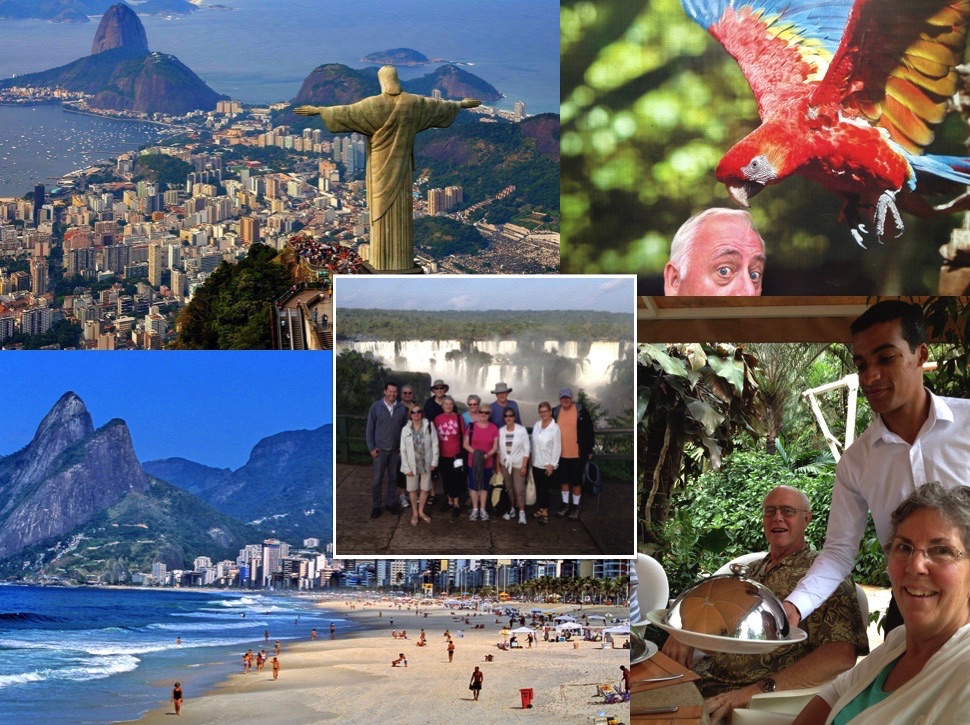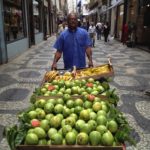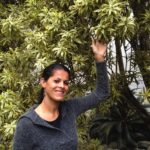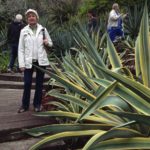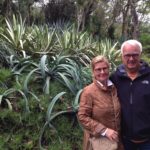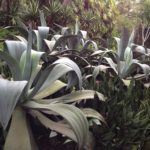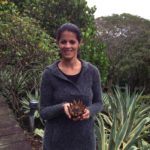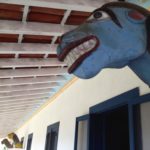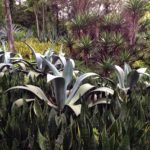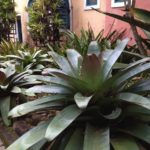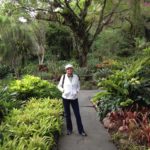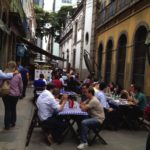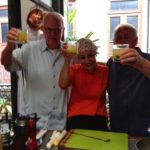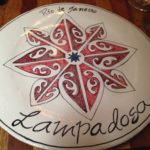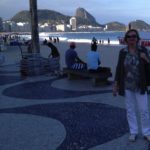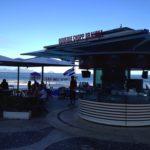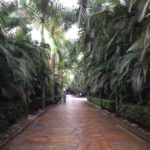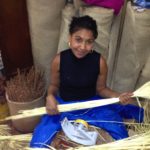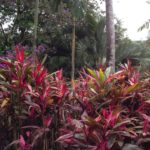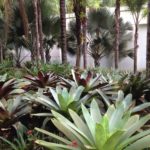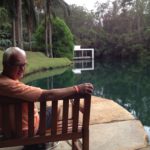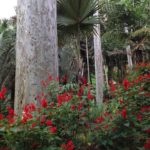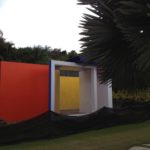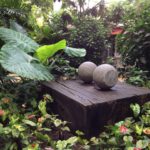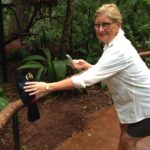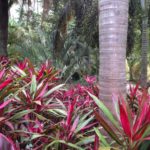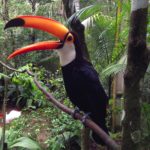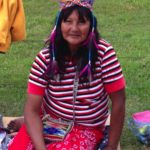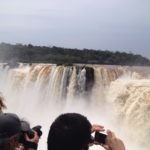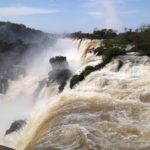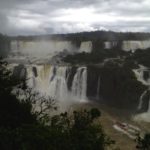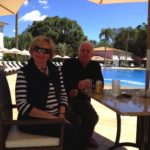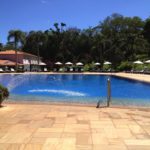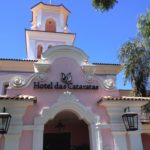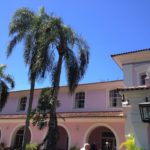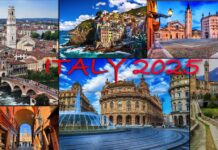In September, 2013, we went to Brazil for the first time to lead a tour from Rio de Janeiro to Belo Horizonte and ending in Iguazu Falls, bordering Brazil, Argentina and Paraguay.
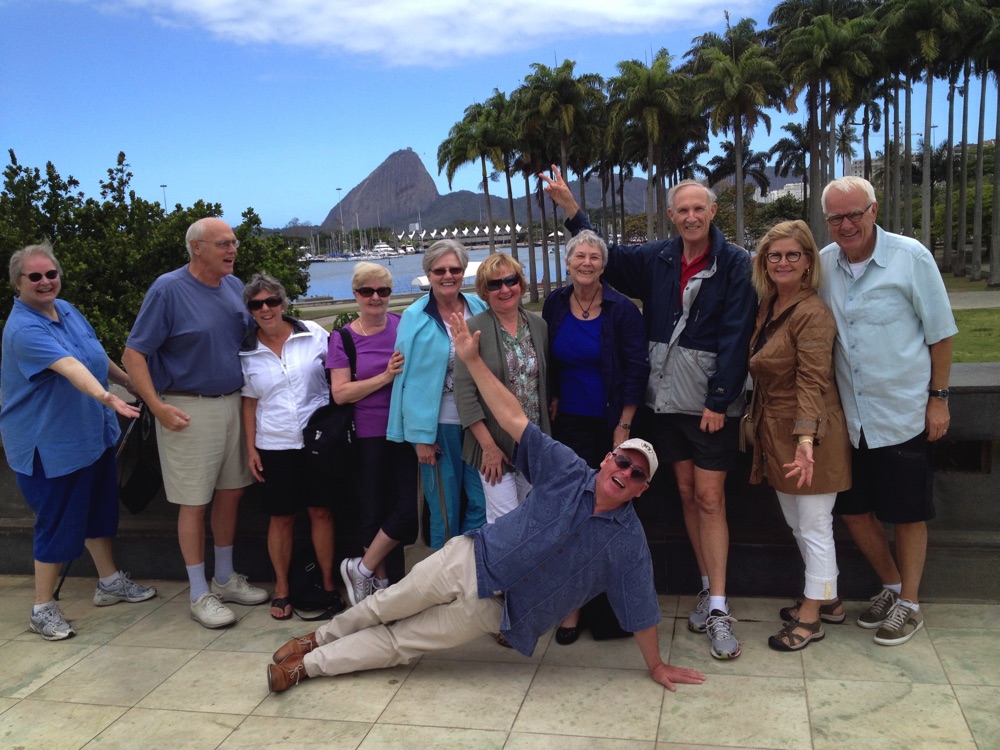
This turned out to be one of our most exciting tours, yet, surprisingly, only 12 people opted to do it. We are still mystified why more people were not excited to do it: the price was excellent, the itinerary was thrilling, we had one of the best guides ever and the reality of the adventure as it unfolded was more than we had asked for or imagined. We still talk with excitement about the gardens we saw and the thrill of seeing Iguazu at its best.
Our hotel in Rio was perfectly located – right on the beach front at Copacabana. We were able to walk straight out the front door, across the street and on to the spectacular waterfront, one of the most beautiful in the world with views of Sugar Loaf mountain to the left and the city behind.
For our first day in the city, we went for an energizing tour in open-topped jeeps of the verdant slopes of the Tijuca forest. We saw toucans in the trees, a spectacular waterfalls and views of the Christ the Redeemer statue on Corcovado as well as sweeping views over the oceanfront communities of Barra and Leblon.
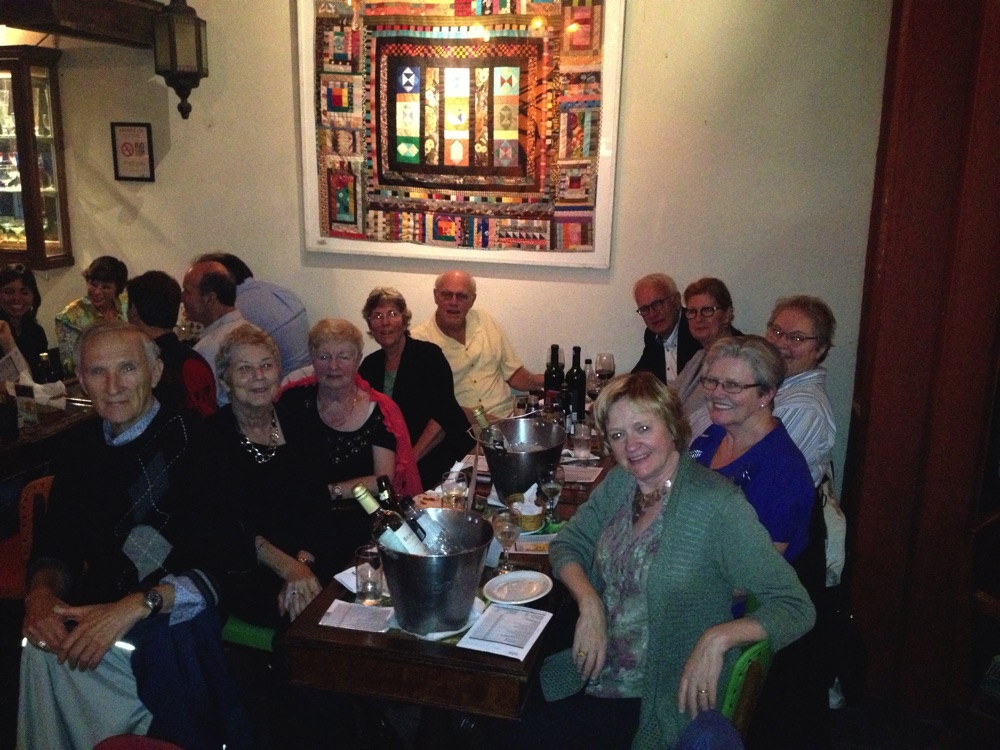
We travelled along the beach fronts of Barra Da Tijuca, Leblon, Ipanema and Copacabana.
On the way, we stopped at Rio’s botanic garden, covering 54 hectares and with more than 6,500 species of plants.
There, we found a long avenue lined by tall, elegant imperial palms (Roystonea oleracea) and at the centre of the garden, a cast-iron fountain with four muse figures, representing music, art, poetry and science.
From there, we went to the top of Sugar Loaf Mountain from where we were able to survey the entire dramatic and sweeping city and suburban landscape below from Flamingo Park to Botafogo, Leme and Copacabana.
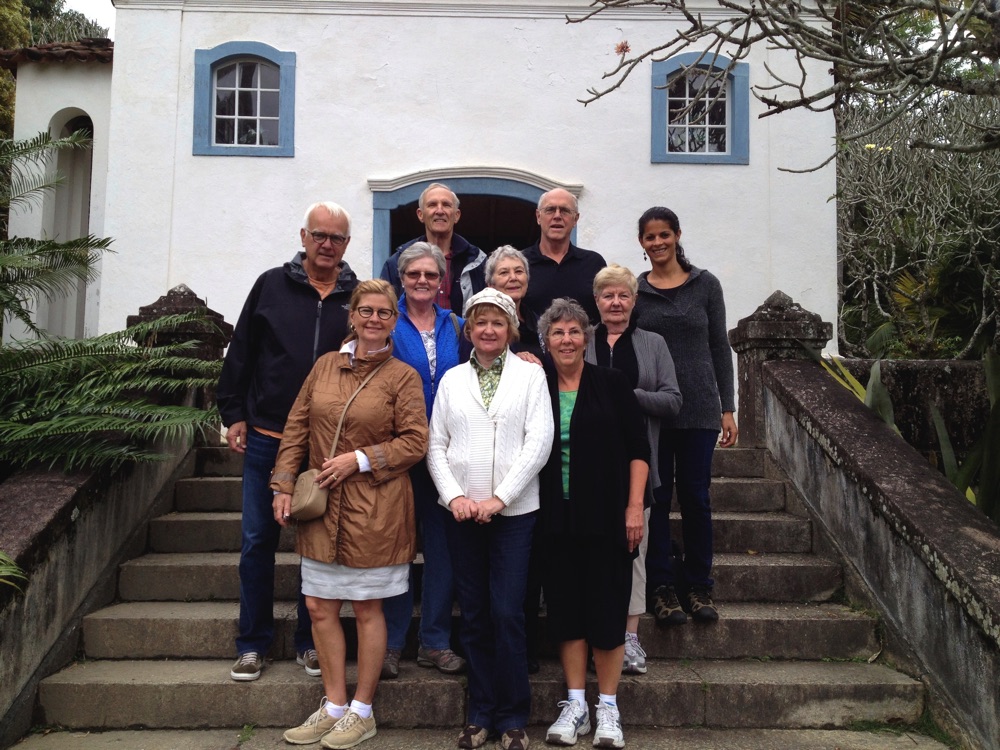
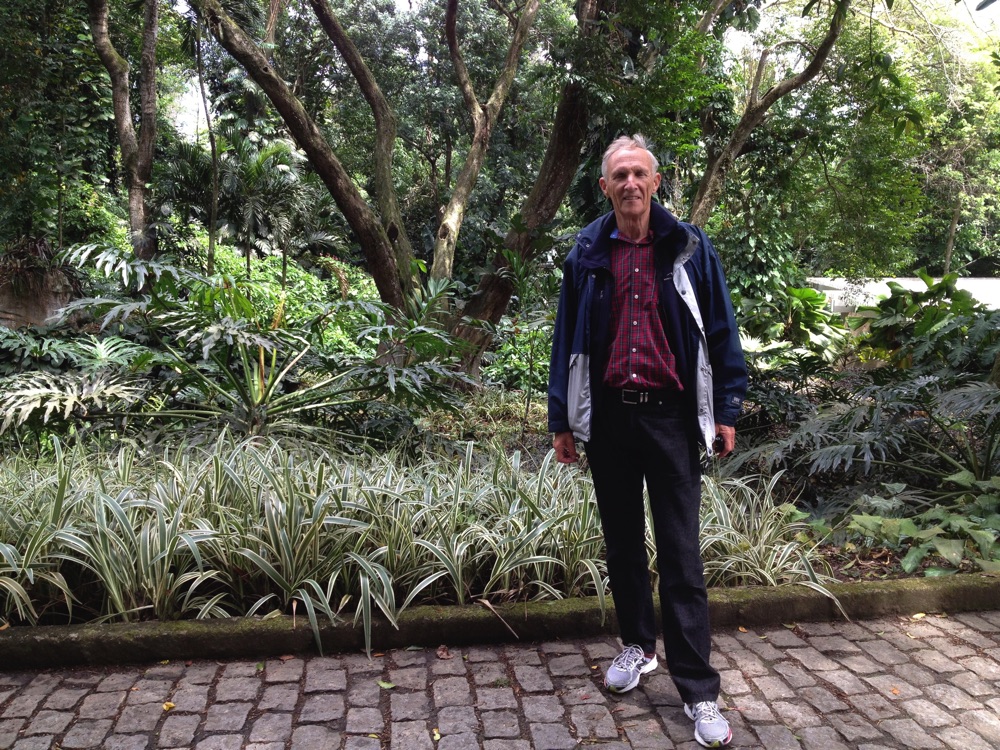
We were in Rio for a few days. At night, there was no shortage of things to do. One night we dined at Ipanema Beach, another night we went to one of Rio’s famous jazz hot spots where we could see fabulous tango dancers.
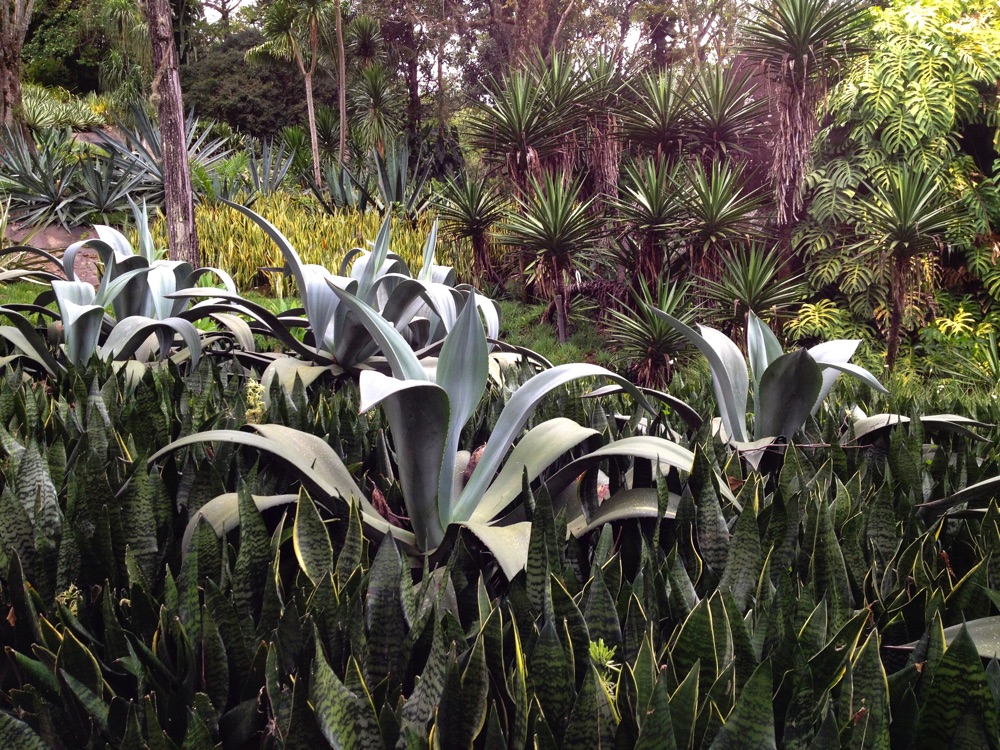
One morning we went to see Roberto Burle Marx’s fabulous home garden, a delightful 3.6-hectare estate in Barra de Guaratiba, on the outskirts of Rio.
Burle Marx bought the property in 1949 with the help of his brother. At the time, the property was mostly undeveloped, but did have a charming 17th-century chapel, once used by Carmelite nuns at its centre.
Burle Marx moved to live permanently on the estate in 1973 until his death at 84 in 1994.
When we visited the garden, which contains an estimated 3,500 species of plants, it was owned and operated by the government
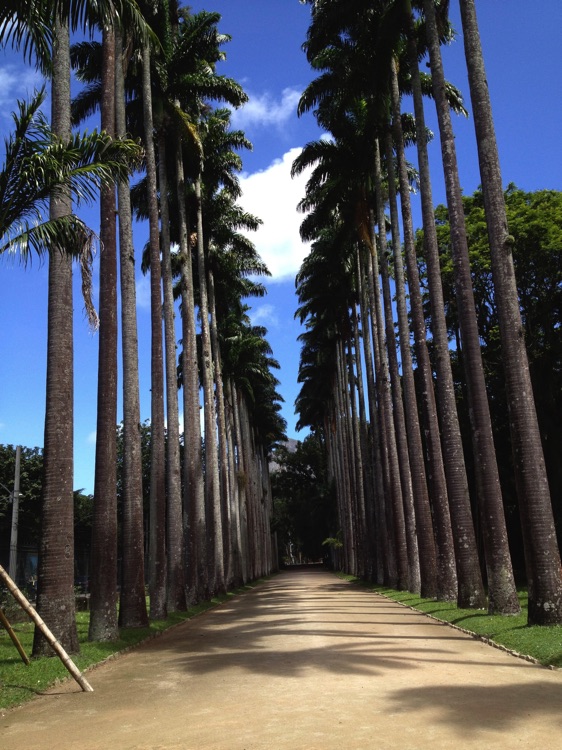
Burle Marx was a genius of style. He was not only a superb garden designer and knowledgeable plantsman, but also an artist who produced strikingly original images that have deeply penetrated the collective consciousness of Brazil.
We saw his iconic black and white art squiggles embedded in the pavements and sidewalks all over Rio de Janeiro.
At his garden, we found lush palms everywhere and Adam’s rib philodendrons scrambled as high as 18 metres up the trunks of trees.
Most trees were also home to various epiphytic plants — orchids, bromeliads, staghorn ferns and air plants — and as we slowly ascended the hillside along an avenue of Brazilian ironwood trees (Caesalpinia ferrea), we passed grove after grove of sculptural agaves, aloes, aechmea, yuccas, cycads and tropical euphorbias
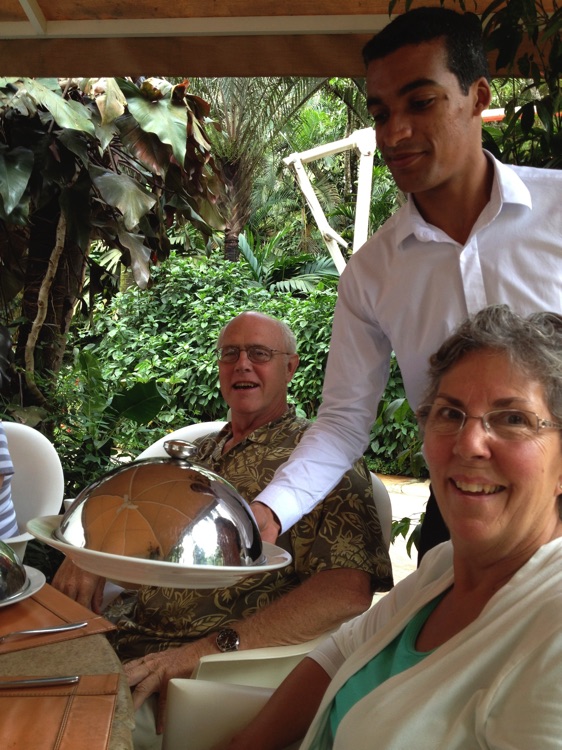
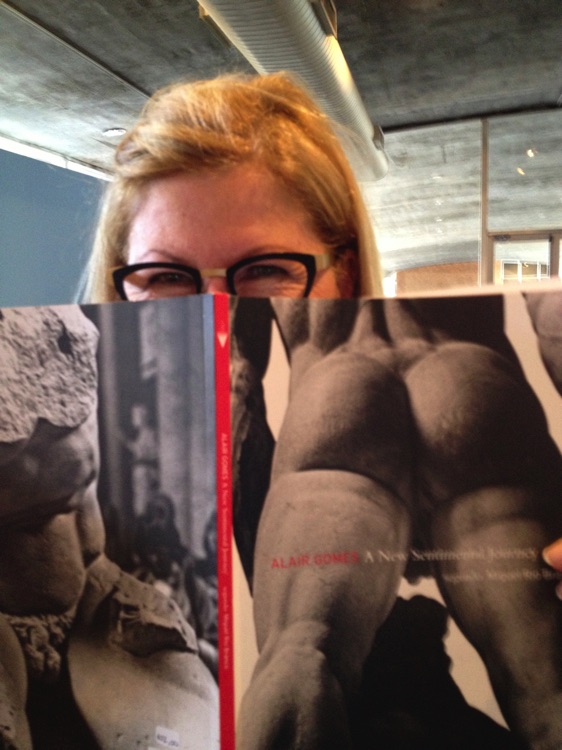
In the evening, we spent time on Copacabana Beach watching the giant white waves crashing on the sands and children playing soccer barefooted on the sand.
Before leaving Rio, we also visited the iconic San Sebastian cathedral with its imposing pyramidal shape with its four streams of stained glass windows and the famous Confeitaria Colombo, an elegant Viennese-style bakery where huge mirrors line the walls and the ceiling is reminiscent of the elaborate stained-glass dome in Galeries Lafayette in Paris
From the Confeitaria Colombo, we went to the modern art museum where we had fun posing with Sugar Loaf Mountain in the background. Inside the gallery, I immediately fell in love with the works of Emiliano di Cavalcanti (E.D. Cavalcanti, I think is how he is better known) and also some of the more abstract works.
For lunch one day, we went to the old town where we found office workers dining al fresco in the streets and all sorts of vendors selling their wares from bicycles or hand-carts.
At Lampadosa, a lovely little restaurant, we were given a class in how to make the perfect caipirinha. I first had to learn the art of slicing limes correctly. This was the street where Carmen Miranda once lived.
At Flamingo Park, another of Burle Marx’s landscapes, we found an eye-catching planting of orange Ixora coccinea and a woodland of cannonball trees (Couroupita guianensis).
Before leaving Rio, we also went up into the mountains north of the city to visit Petropolis, the summer residence of Emperor Pedro II where we visited what is considered the best museum in Brazil, the Imperial Museum.
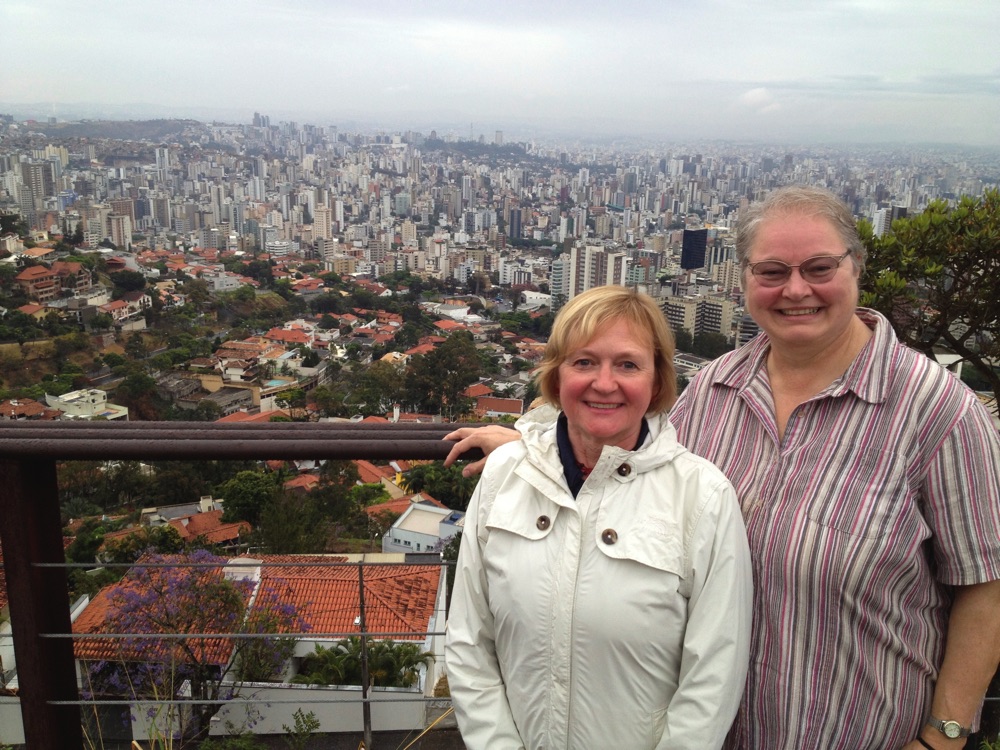
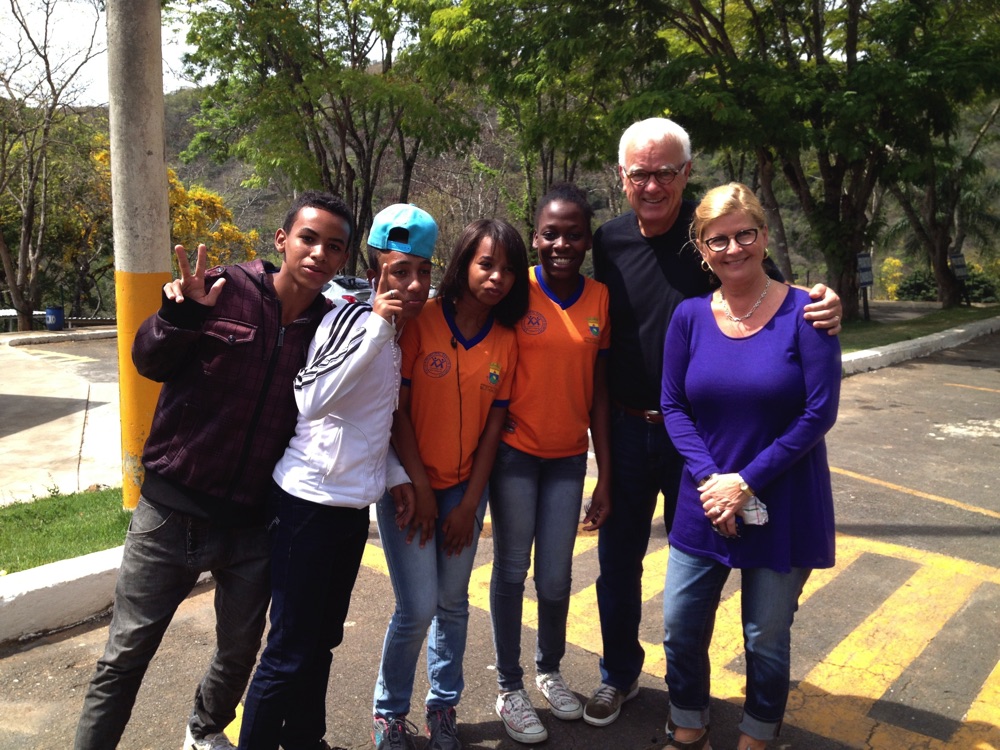
From Rio, we next flew to Belo Horizonte, a thriving metropolis with many buildings designed by Brazil’s famous architect, Oscar Niemeyer.
Outside Belo Horizonte, we visited Inhotim (pronounced In-yo-cheen), a massive 2,025-hectare Shangri-La that is a fantastic garden oasis, containing more than 4,500 species of plants, including more than 1,000 kinds of palm.
This is also home of Brazil’s biggest collection of modern art, with more than 500 works.
The brainchild of 63-year-old millionaire mining magnate and art lover Bernardo Paz, Inhotim was the result of the transformation of a 1,215-hectare ranch in Brumadinho into a spectacular garden and art complex.
It look us a long time to get there because of the dozens of speed bumps that slowed us down. But from the moment we arrived, we were impressed by the scope and scale of the project, the attention to detail and the bold, confident planting throughout the entire complex.
There are kilometres of exquisite peachy-pink coloured flagstone paths, all beautifully installed and meticulously maintained.
This network of paths brought colour, texture and a feeling of quality to the overall infra-structure and made it possible to explore the site in a casual way as we strolled around the lake areas lavishly surrounded by exotic tropical plants, including many magnificent Bismarckia palms planted in clusters.
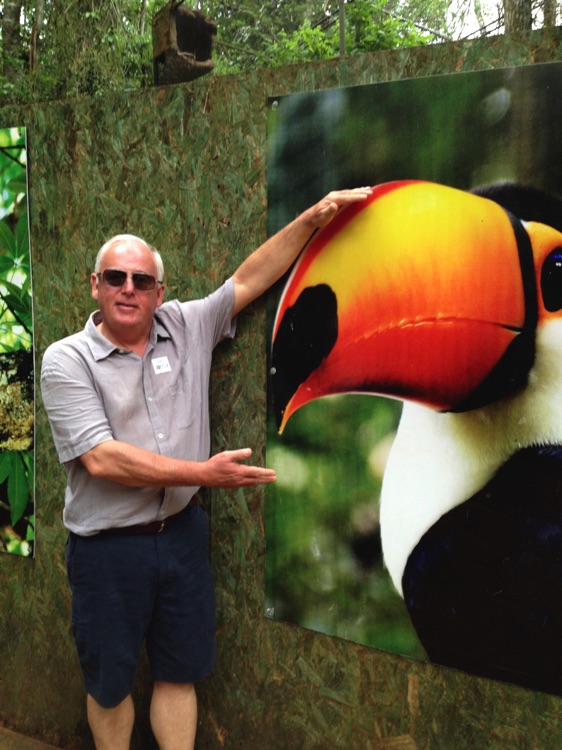
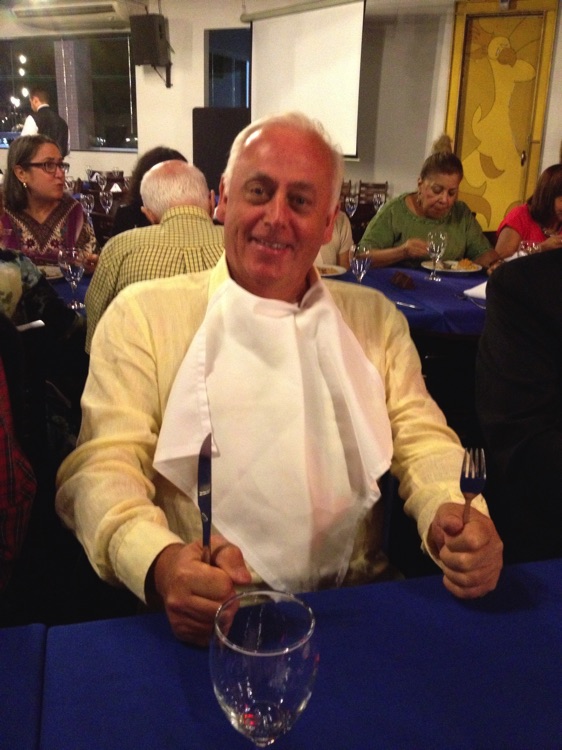
From Belo Horizonte, we flew to Sao Paulo and then to Iguazu where we stayed on the Brazilian side of the famous falls at a five-star resort hotel with spectacular views of the falls right outside the front door.
We toured the falls, walking the precariously located walkways over the surging water.

We also crossed over to the Argentinian side for a different perspective. Near the hotel, we found a wonderful bird sanctuary which was stocked with rescued species. Some people also took a helicopter ride over the falls and got to see the junctions of Brazil, Argentina and Paraguay from the air.
swhysall@hotmail.com
